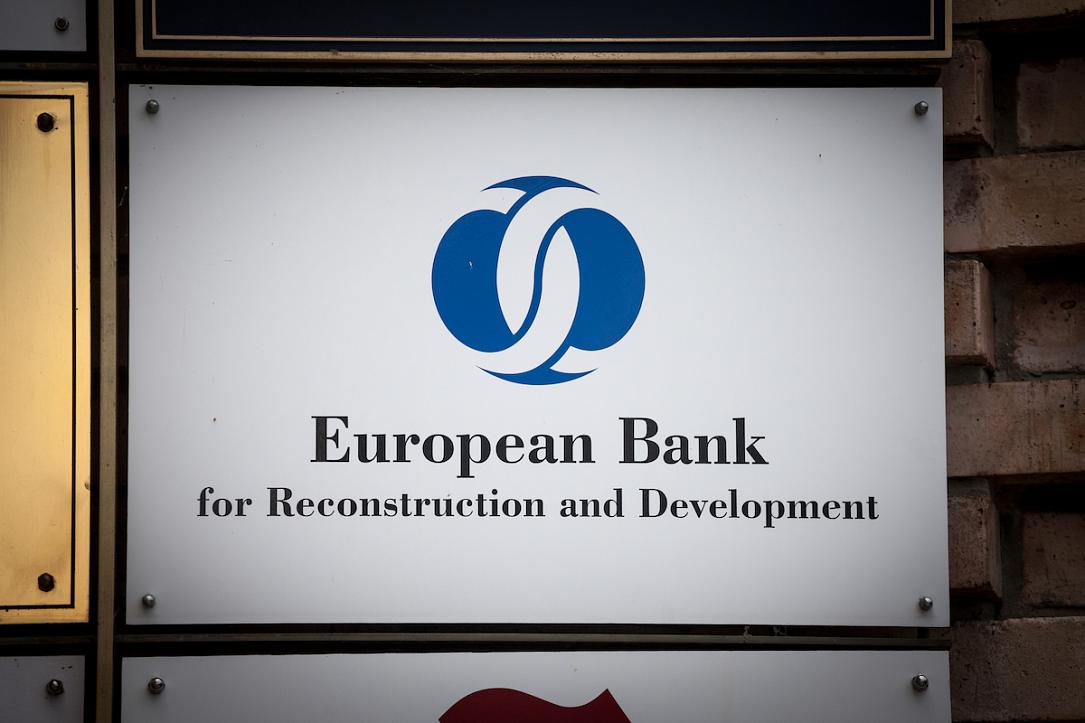EBRD sees Romania’s growth slowing down to 1.9% in 2023, from 5.4% this year



The European Bank for Reconstruction and Development (EBRD) updated its economic forecast for Romania, projecting growth rates of 5.4% this year and 1.9% in 2023 - compared to 2.5% and 3.0%, respectively, envisaged in May.
Romania’s relatively lower exposure to the Russian gas shutdown provides it with some protection, but its industry and the large firms will be impacted.
Overall, the new update implies a combined 1.7pp upward revision for the two-year period compared to a more modest +1.1pp revision for the South Eastern EU area (also including Bulgaria and Greece) and the negative 0.5pp downward revision for the entire EBRD universe. In absolute terms, however, Romania’s economy is expected to underperform in 2023 compared to both the region (+2.0%) and the EBRD universe (+3.0%).
Compared to more advanced countries in Central Europe and the Baltic states (+3.7% this year and 1.3% in 2023), Romania remains recovering. This is because Romania is one of the least economically exposed countries in the region in the face of the Russian gas import shutdown, the EBRD explains.
The upward revision for Romania’s 2022 growth (compared to the first post-war projections) is in line with similar steps taken, for instance, by the International Monetary Fund (which expects growth rates of 4.8% this year and 3.4% in 2023).
The robust growth already achieved in H1 (+5.8%) and base effects (economy performed comparatively weaker in H2 last year) explain the consensus expectations for high performance in the entire year.
But while the immediate effects of the war in Ukraine have been more moderate compared to initial estimates for Romania and most of the EBRD countries, the medium-term impact remains significant.
The EBRD expects that the deterioration of household income, financing and energy costs constraining investment in Romania and weak foreign demand, particularly from Germany, will lead in 2023 to modest GDP growth of 1.9% in the country. Furthermore, the Bank sees downside risks in case of a steeper than expected recession in the Eurozone.
iulian@romania-insider.com
(Photo source: Jerome Cid/Dreamstime.com)